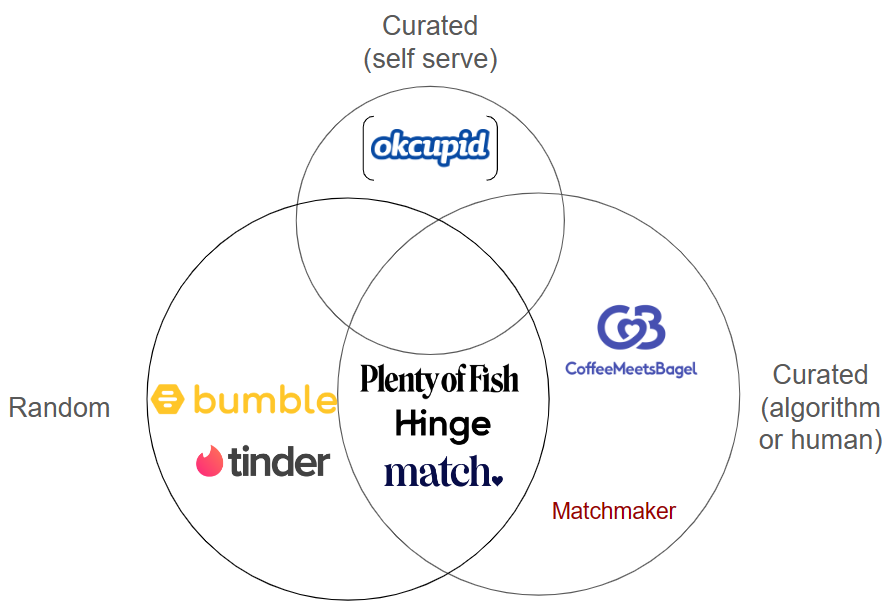The problem with testing and learning
- Luna Guo
- Dec 5, 2023
- 3 min read
Updated: Jun 24, 2024
Most of us are familiar with the test and learn process, whether it be through Lean Startup, Agile, or a variety of other contexts. You know how it goes: figure something out, put it out there for people to try, collect the feedback, incorporate the feedback, iterate. Foolproof, right?
Yet, in all these situations, rarely do we talk about the major pitfall with testing and learning: The leaky bucket it can create--or rather--the leaky funnel. What bucket or funnel are we talking about here?
You've probably seen a version of some sort of customer acquisition funnel before around the customer journey from a stranger to a product or brand to purchasing and ultimately becoming a loyal customer of said product or brand. But where the funnel breaks with testing and learning is at the loyalty stage. When a product is launched before it yet meets the needs and expectations of customers, you risk loss of loyalty and ultimately, the trust in your brand. Thus, you've created cracks in your customer retention.

It's not uncommon for half-baked products to be released in the name of testing and learning. A missing (major) feature here, a not yet released (important) benefit there. Too often, companies fall victim to spending so much money on throwing spaghetti at a wall and seeing what sticks when they could find a stickier pasta or a better wall for the spaghetti by taking a little bit more time to understand their customers better. Depending on the industry and the study, research has shown that acquiring new customers is anywhere from 5-25x more expensive than retaining customers!
It's no secret that trying to win customers back after you've lost them is much, much harder than keeping them the first time around. As customers, ourselves, how many times have we been there too? How many times have you had a bad or even not ideal experience with a new product you're trying and end up not giving that product another chance in the future? As a company, if you've already spent the enormous money and energy to get your customers to the stage of conversion, it pays to see them through to loyalty. When testing and learning gets a little out of hand, it ends up presenting a major problem to customer retention and potentially your brand.
What can be done to reduce churn?
Be crystal clear on who your target customers are (and why). Targeting the wrong group of people can send you down a costly and time-consuming avenue.
Focus on what the real needs of your customers are, not what you *think* they are. Take the extra steps to ensure that you have got this part right. Too often we create products that we think will be liked when they either haven't met the right needs or have met needs but in the wrong way.
Ensure you are reasonably close to what a finalized product would be before launching anything. Too much testing into what the perfect product will be will mean much more churn.
There is merit to testing and learning. But we need to remember there is also a fragility to testing and learning and we need to not lose sight of the downsides of it. By getting your product right the first time around for your customers, you position yourself for a strong brand and greater growth.

For personalized and targeted help, book a free introductory consultation.




Comments